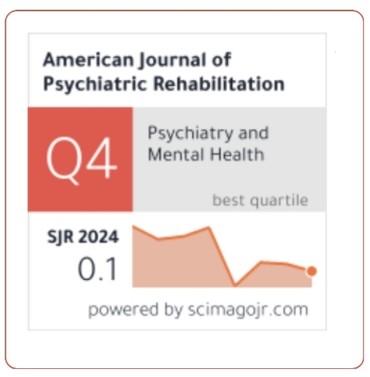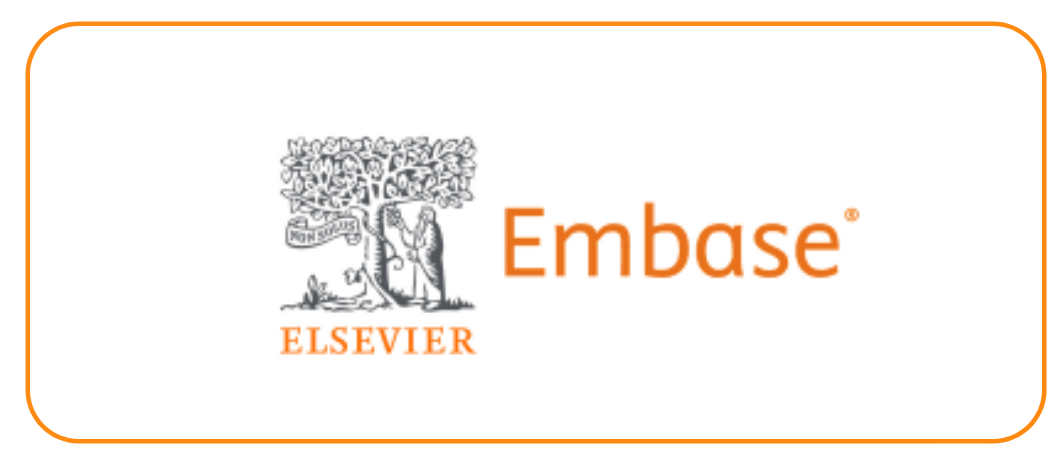Patent Protection Of Inventions Created By Artificial Intelligence Under The United Kingdom Law And Vietnamese Law
DOI:
https://doi.org/10.69980/ajpr.v28i1.161Keywords:
Inventions, Artificial Intelligence, LawAbstract
Background: Artificial intelligence (AI) advances have been used in many areas of life, thanks to its algorithmic capabilities, the size of data, and the power of computing. However, AI has many implications for intellectual property law, especially patent issues. An international lawsuit filed by Stephen Thaler et al. (creators of the DABUS AI machine) in a patent class focused on whether an inventor needs to be a human. DABUS is capable of generating inventions without human input. Dr. Thaler has applied patent applications in the UK and other jurisdictions since 2018. Judgments by the competent authorities of these jurisdictions have clarified the views of current patent law regarding the protection of creative results created by AI. This article examines UK regulations on the protection of AI inventions. It explores the views of the UK competent authorities on applying law from the practice of judgments related to the DABUS case. The article also analyzes the Vietnamese law. The article summarizes the spirit of the current law on protecting inventions created by AI. Methods: The article uses an analytical method to clarify the legal provisions related to the conditions of protection and the procedures for patent registration. The analytical method helps indicate whether AI's invention can be protected under current patent regulations. This method is used to analyze the legal provisions of the United Kingdom and Vietnamese law on the standards for protecting an invention, especially determining the author of the invention. The article also uses the comparative method. This method is mainly used to compare EU law and Vietnamese law related to the provisions on conditions for patent protection and patent protection procedures. Combined with the above analytical method, the comparative method shows the similarity between UK patent law and Vietnamese patent law on the issue of protecting inventions created by AI. Results and conclusions: The paper concludes that, under current UK law, inventors must be individuals, not machines. The owner of a machine does not have the independent right to patent any technical advances it makes. The courts have not prevented a person from claiming to be an inventor when using AI to create an invention. The Court also did not consider whether technical advances made by machines operating autonomously and assisted by AI are patentable. Compared with UK law, Vietnamese law has some similarities, especially in the requirement that the inventor of the invention must be a human. The article expresses sympathy with these views.References
1. Copeland, B. J (2019), "Artificial Intelligence - Alan Turing and the Beginning of AI", Encyclopedia Britannica, www.britannica.com/technology/artificial-intelligence/Alan-Turing-and-the-beginning-of-AI, accessed November 7, 2024.
2. European Commission (2020), COM(2020) 760 final, p. 1, https://eur-lex.europa.eu/legal-content/EN/TXT/PDF/?uri=CELEX:52020DC0760, accessed November 7, 2024.
3. European Commission (2018), Legal provisions of COM(2018)237 - Artificial Intelligence for Europe, https://www.eumonitor.eu/9353000/1/j4nvhdfcs8bljza_j9vvik7m1c3gyxp/vknuqttbx4zb, accessed November 7, 2024.
4. Frank H. Easterbrook (1988), "The Role of Original Intent in Statutory Construction," Harvard Journal of Law & Public Policy, 11, 59, 65.
5. George H. Taylor (1995), "Structural Textualism," Boston University Law Review, 75, 321, 327.
6. Hayleigh Bosher (2019), WIPO Begins Public Consultation Process on Artificial Intelligence and Intellectual Property Policy’, PR/2019/843, https://www.wipo.int/export/sites/www/about-ip/en/artificial_intelligence/call_for_comments/pdf/org_brunel.pdf, 7, accessed November 7, 2024.
7. Noam Shemtov (2019), A Study on Inventorship in Inventions Involving AI Activity (EPO), 19.
8. Norton James (2020), EPO and UKIPO Refuse AI-Invented Patent Applications, IP Watchdog, https://www.ipwatchdog.com/2020/01/07/epo-ukipo-refuse-ai-invented-patent-applications/id=117648/, accessed November 29, 2024.
9. Perma (2023), DABUS Described, https://perma.cc/Q2SY-B2W3 , accessed November 7, 2024.
10. Ryan Abbott (2023), The Artificial Inventor Project, https://artificialinventor.com/patent-applications/, accessed November 28, 2024.
11. The Court of Appeal (2020), A3/2020/1851 Thaler v. Comptroller, p. 18-26, https://www.judiciary.uk/judgments/thaler-v-comptroller/, accessed November 7, 2024.
12. The UK Patents Act (1977), https://www.legislation.gov.uk/ukpga/1977/37/contents , accessed November 7, 2024.
13. The Court of Appeal (2020), Thaler v. Comptroller-Gen. of Pats., Designs & Trade Marks [2020] EWCH (Pat) 2412, https://vlex.co.uk/vid/stephen-thaler-v-comptroller-876257139, accessed November 7, 2024.
14. The Supreme Court (2021), Thaler v. Comptroller Gen. of Pats., Designs & Trade Marks [2021] EWCA (Civ) 1374, https://www.supremecourt.uk/cases/uksc-2021-0201, accessed November 7, 2024.
15. The UK Intellectual Property Office (2019), Decision BL O/741/19, p. 14, https://www.ipo.gov.uk/p-challenge-decision-results/p-challenge-decision-results-bl?BL_Number=O/741/19, accessed November 7, 2024.
16. Vlasova and McLaughlin (2024), UK Supreme Court confirms AI cannot be an inventor under UK patent law, https://www.mishcon.com/news/uk-supreme-court-confirms-ai-cannot-be-an-inventor-under-uk-patent-law, accessed November 7, 2024.
Downloads
Published
Issue
Section
License
Copyright (c) 2025 American Journal of Psychiatric Rehabilitation

This work is licensed under a Creative Commons Attribution 4.0 International License.
This is an Open Access article distributed under the terms of the Creative Commons Attribution 4.0 International License permitting all use, distribution, and reproduction in any medium, provided the work is properly cited.









